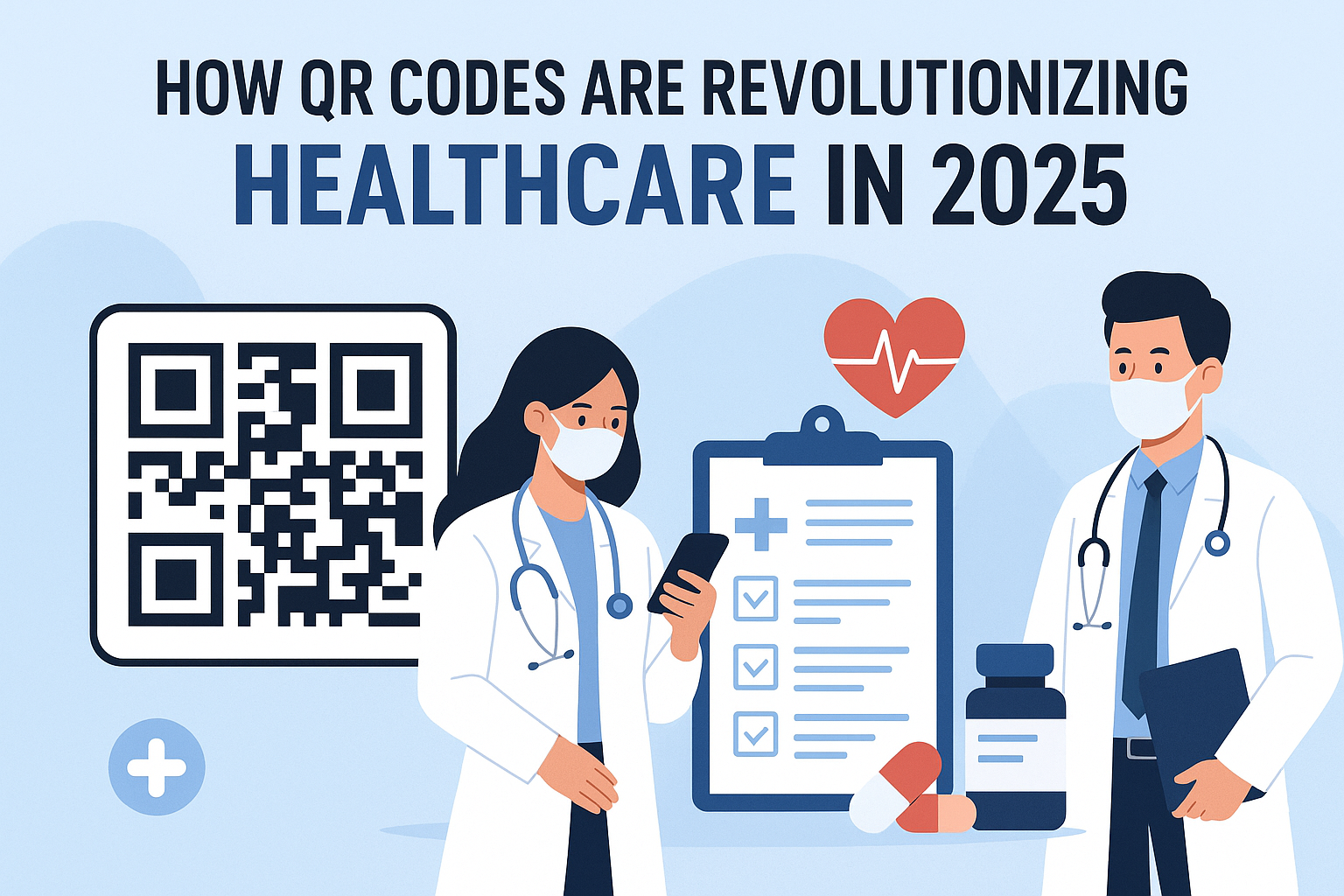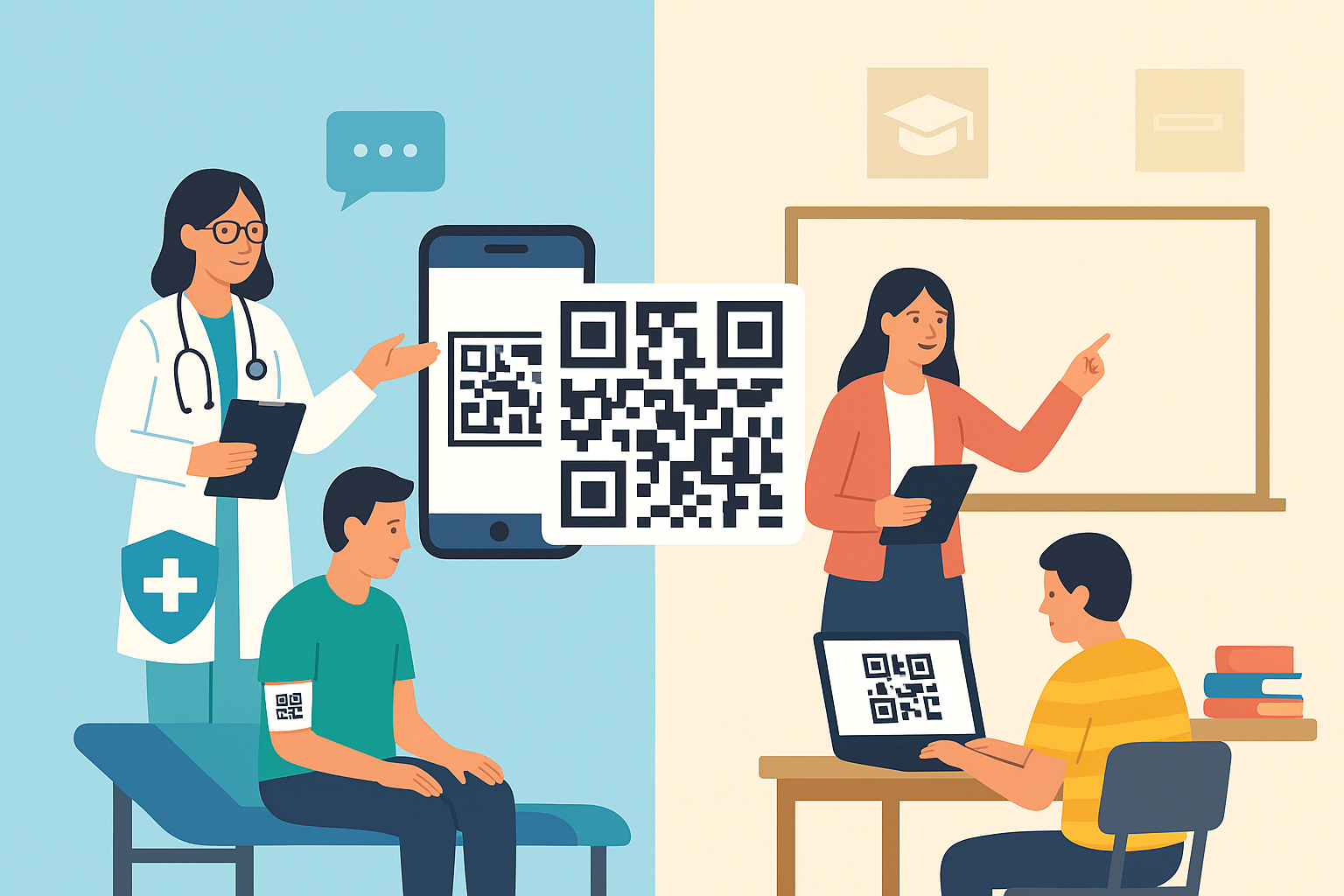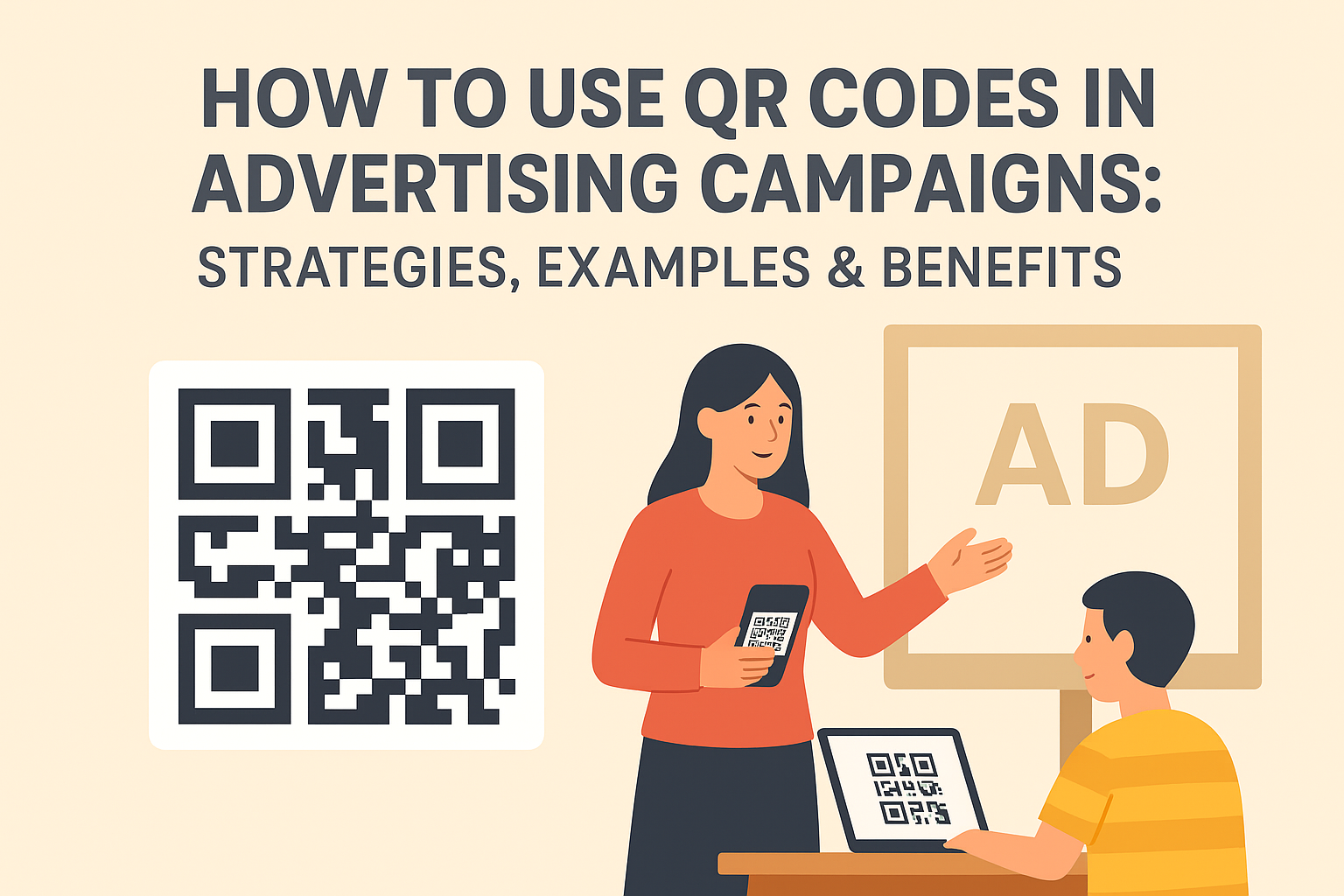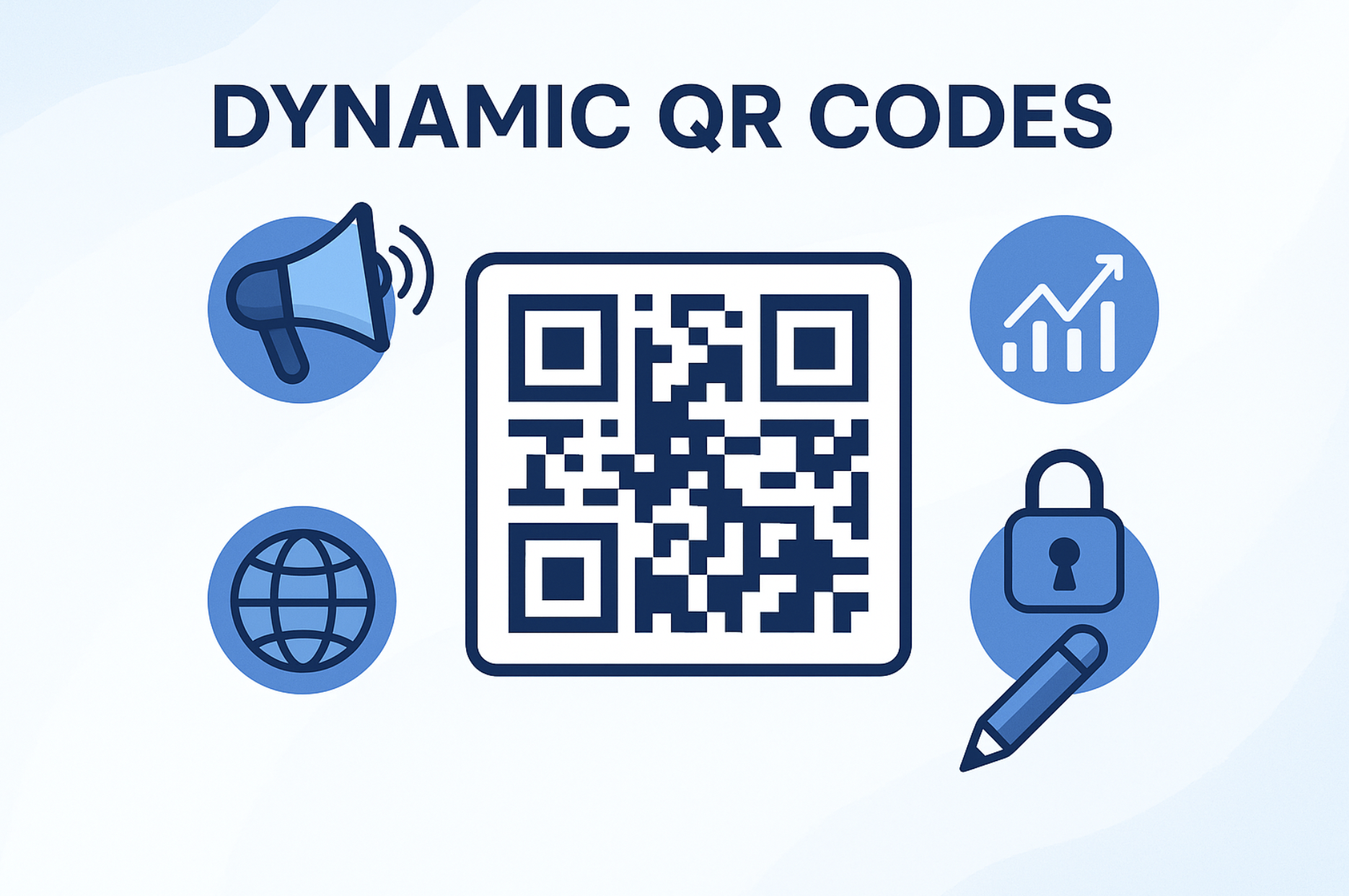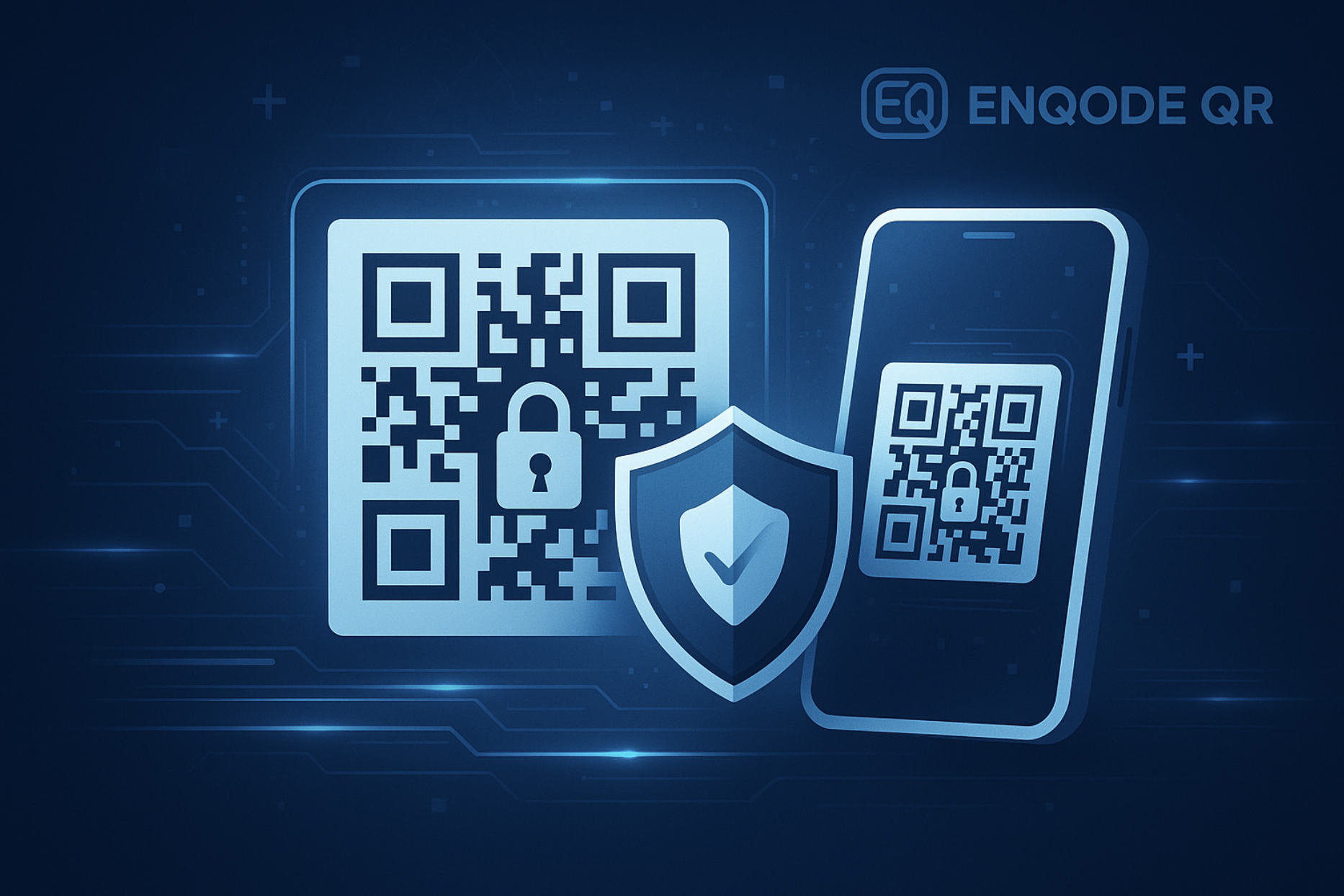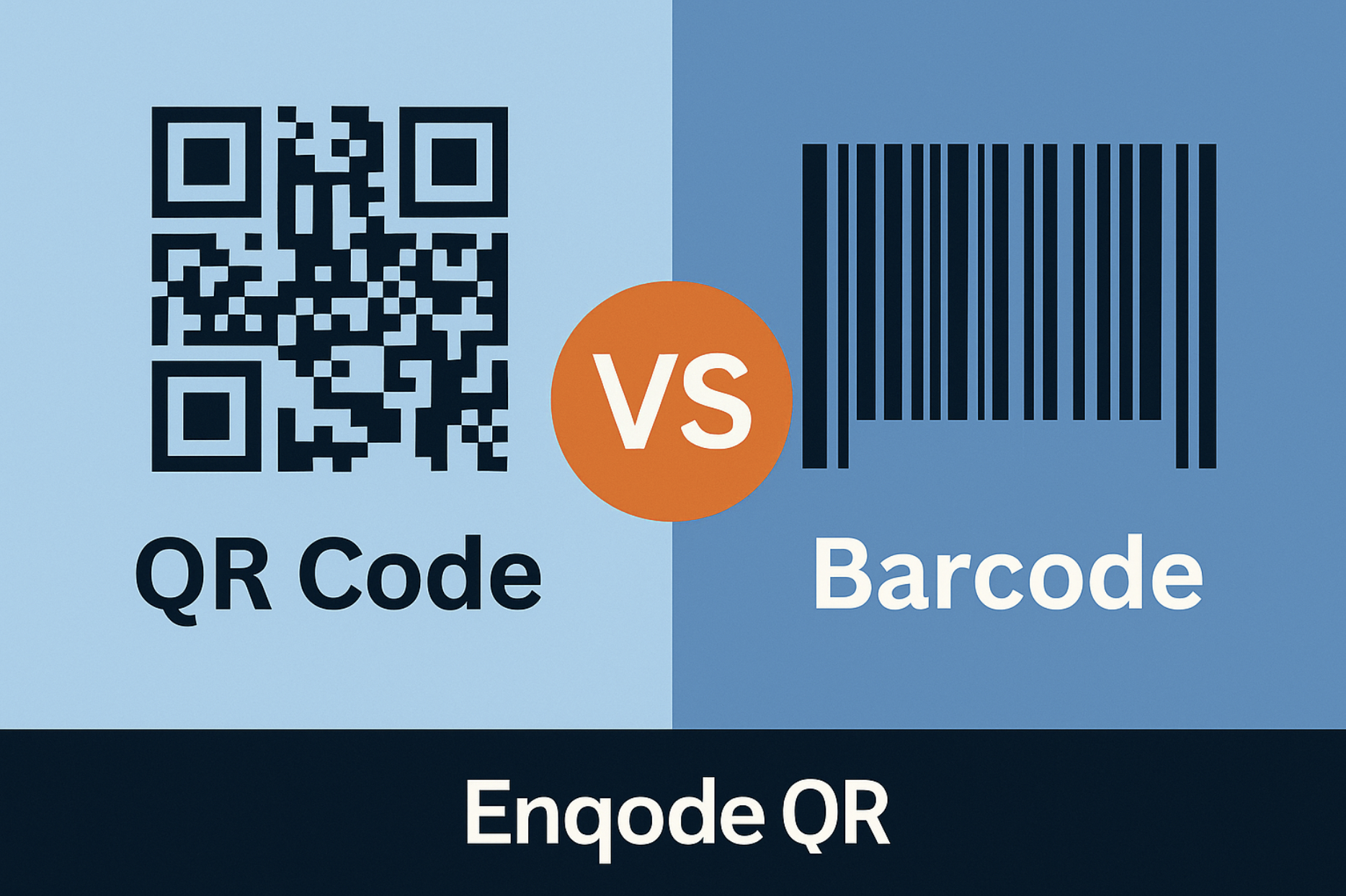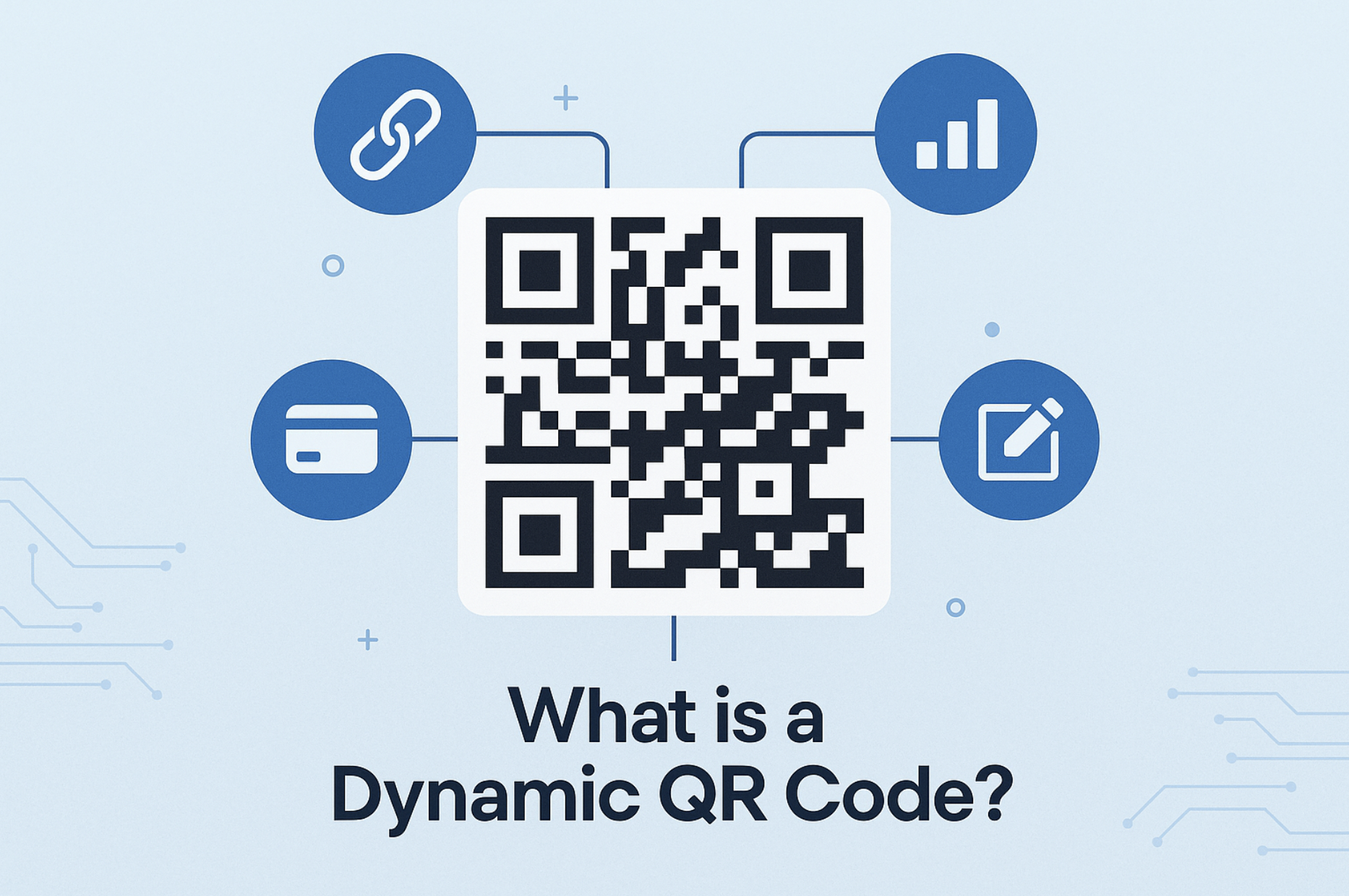Quick Summary
QR codes are redefining healthcare across hospitals, clinics, and pharma in 2025 by enhancing patient safety, verifying medicines, accelerating access to records, and powering telemedicine workflows.
Table of Contents
Introduction
Healthcare systems around the world face mounting pressures: rising costs, staff shortages, counterfeit medicines, and growing patient expectations. Digital transformation is no longer optional—it is essential for resilient care delivery. Among the innovations leading this change, QR codes stand out for their simplicity, affordability, and accessibility.
With a quick scan, patients can retrieve health reports, doctors can verify prescriptions, and hospitals can streamline operations while keeping budgets under control. This guide breaks down the most impactful QR code use cases reshaping healthcare in 2025.
Why QR Codes in Healthcare?
- Contactless by design: QR codes maintain hygiene-friendly interactions, a critical factor in post-pandemic healthcare environments.
- Universal smartphone access: Patients, caregivers, and staff simply use the devices they already carry—no extra hardware required.
- Scalable and affordable: Works for independent clinics and large hospital networks without major infrastructure investments.
- Highly versatile: Supports text, links, multimedia, and encrypted data, making it adaptable to countless scenarios.
Key QR Code Applications in Healthcare
The following applications demonstrate how QR codes are delivering measurable improvements across patient journeys, clinical workflows, and pharmaceutical operations.
3.1 Patient Identification & Safety
Hospitals attach QR-coded wristbands to patients, enabling authorized staff to scan and instantly verify medical history, allergies, blood type, and emergency contacts. Having accurate, up-to-date information at the point of care prevents manual errors and supports faster, safer interventions.
3.2 Digital Health Records & Test Reports
QR codes on discharge summaries or appointment cards link directly to lab results, imaging files, or prescriptions. Patients no longer wait for printed reports; they maintain digital access to their medical history for future consultations, improving continuity of care.
3.3 Medicine Packaging & Anti-Counterfeiting
Counterfeit medicines account for over one million deaths globally each year. To combat this, pharmaceutical companies embed unique QR codes on packaging so patients can verify authenticity, review dosage instructions, and report side effects, reinforcing trust and transparency.
3.4 Appointment Scheduling & Contactless Check-ins
Hospitals and clinics place QR codes at entrances and kiosks to streamline appointment verification. Patients scan to confirm bookings, check in without waiting in long lines, and receive automated reminders through integrated hospital apps.
3.5 Hospital Wayfinding & Navigation
Large healthcare campuses can overwhelm visitors. QR codes placed on maps, signboards, or kiosks provide turn-by-turn navigation to departments, wards, pharmacies, and billing counters—especially helpful for elderly patients or first-time visitors.
3.6 Telemedicine & Remote Healthcare
Telemedicine platforms use QR codes to help patients join secure virtual consultations, download aftercare instructions, and access personalized diet or rehabilitation plans. This keeps remote care intuitive and accessible.
3.7 Public Health Campaigns
Governments and NGOs print QR codes on posters, pamphlets, and advertisements to direct communities to verified information about vaccines, nutrition, mental health resources, or disease prevention—an effective tool for combating misinformation during health crises.
Benefits of QR Codes in Healthcare
- Improved patient safety: Reduced medication errors and enhanced data accuracy at the bedside.
- Faster operations: Clinicians and patients gain instant access to medical history and reports.
- Trust and transparency: Medicine authenticity checks build confidence in pharmaceutical supply chains.
- Better patient engagement: Patients access educational resources, follow-up plans, and personalized content anytime.
- Cost efficiency: QR codes provide digitization benefits without the complexity or expense of large-scale software projects.
Real-World Examples & Case Studies
- Apollo Hospitals (India): Introduced QR-based digital health reports, enabling patients to securely download test results whenever needed.
- Pfizer (Global): Prints QR codes on packaging to help patients verify drug authenticity and access instructions from trusted sources.
- NHS (UK): Deploys QR-coded check-ins and navigation maps to reduce congestion and guide visitors within hospital campuses.
Challenges & Best Practices
- Data privacy concerns: Implement encrypted dynamic QR codes and role-based access controls.
- Digital literacy gaps: Provide clear instructions and training for patients, nurses, and administrative staff.
- Design clarity: Use high-contrast, well-sized QR codes with branding to ensure reliable scanning.
Future of QR Codes in Healthcare
- AI-driven personalization: Intelligent QR codes will deliver tailored health tips and care pathways based on user profiles.
- Augmented reality integration: AR overlays will enable immersive anatomy lessons, surgical planning, and patient education experiences.
- Blockchain security: Blockchain-backed QR codes will support tamper-proof sharing of medical data across providers.
Final Thoughts & CTA
QR codes are no longer a convenience—they serve as vital infrastructure for safe, efficient, and patient-centered healthcare. From wristbands to medicine packaging and telemedicine portals, they simplify complex journeys and reduce risk at every stage.
Ready to upgrade your healthcare workflows? Explore how Enqode QR can help you deploy secure, branded, and analytics-ready QR codes tailored to your organization's needs.


